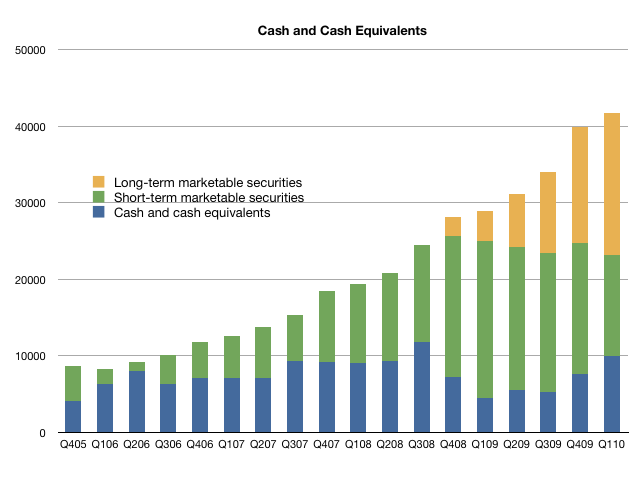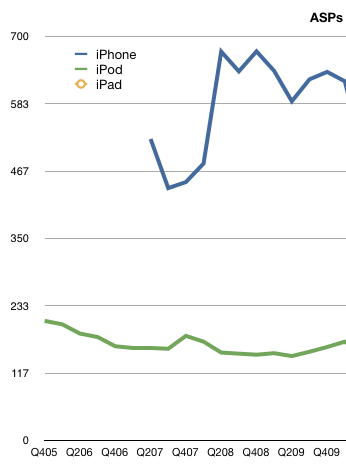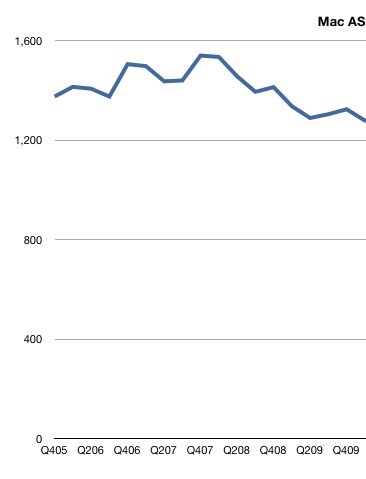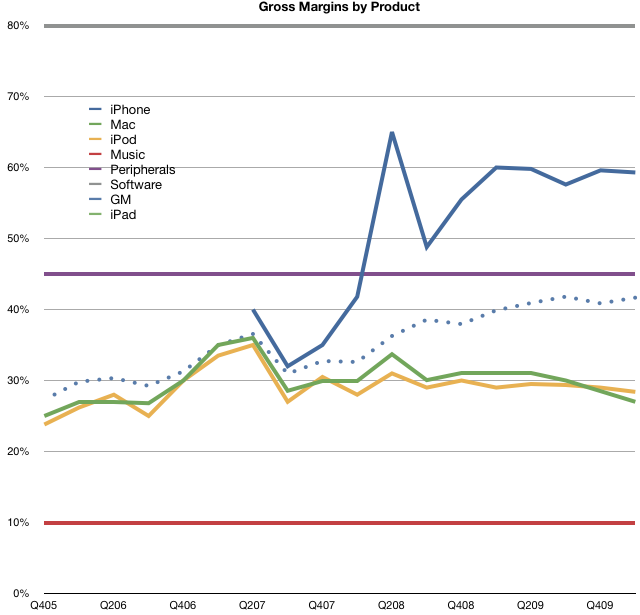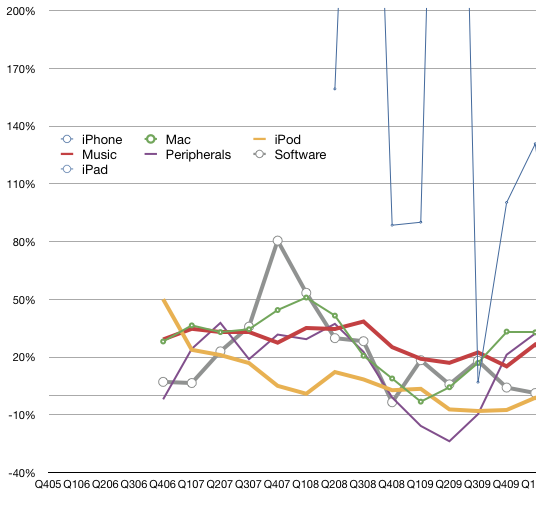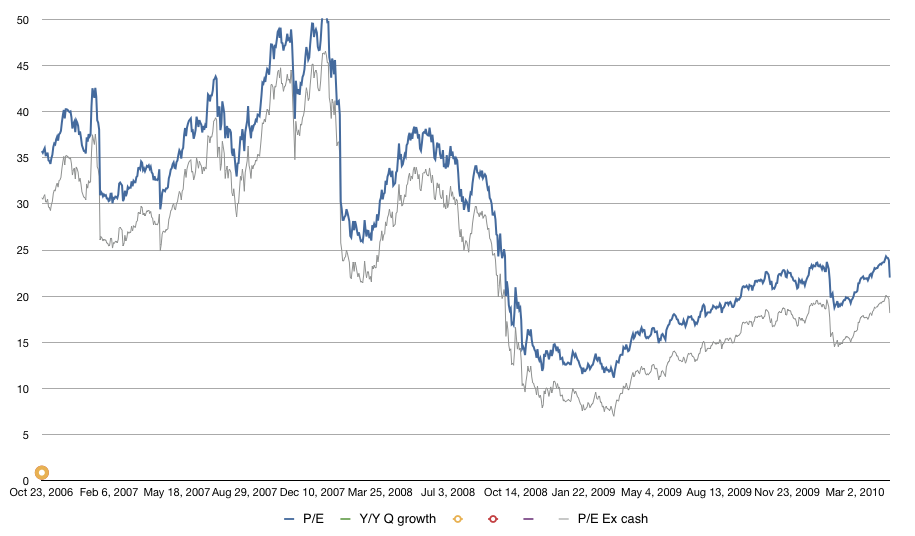You can look at the number of carriers we added which was eight as I had mentioned, and out of the 151 carriers at the country level it is a good number but not a significant number. Obviously the existing carriers performed very well in addition to the adds.
… There are three main countries where iPhones have a contractual exclusive relationship. That is the United States, Germany and Spain. There are a few smaller countries where we have an exclusive or co-exclusive but those three are the ones that are the major markets. Over the past year we have moved a number of markets from exclusive to non-exclusive. In each case as we have done that we have seen our unit growth accelerate and our market share improve. But that doesn’t mean we view that formula works in every single case. I would just sort of reiterate what I did last time that this is how we are learning so far. That is the result we have seen so far. We think very carefully about each of these at the country level to conclude what is in our best interest.
via Apple Inc. F2Q10 (Qtr end 03/27/10) Earnings Call Transcript — Seeking Alpha.

